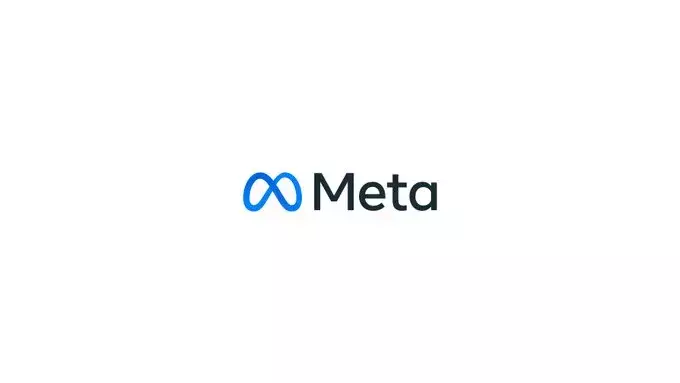Meta, the parent company of Facebook and Instagram, continues to evolve its advertising strategies in response to the ever-changing digital landscape. Its most recent initiative, dubbed “Flexible Media,” aims to enhance ad performance by personalizing user experiences through varied ad placements. At its core, this new feature is grounded in sophisticated algorithms that predict how users may respond to different types of media. Therefore, it is not merely a technical enhancement but a strategic move designed to optimize the effectiveness of ads in a way that aligns with how audiences interact with content.
Unlike traditional advertising methods that provide static experiences, Flexible Media allows for dynamic ad variations based on the specific placement and user profile. This approach reflects broader shifts in consumer behavior, where audiences are increasingly demanding personalized interactions rather than one-size-fits-all messages. By leveraging data analytics and machine learning, Meta’s Flexible Media aims to tailor ad displays to individual user preferences, thus maximizing engagement and conversion rates.
Flexible Media is part of a larger trend within Meta towards automation in advertising campaigns. The company has already introduced features like the Advantage+ campaign tools, which autonomously select ads for specific users based on their predicted preferences. These tools signify a shift from manual to automated ad management, reflecting a confidence in technological capabilities to achieve better results.
Critics may argue that this kind of automation detracts from the advertiser’s control over their campaigns. However, it is important to recognize that traditional targeting approaches often limit the potential reach by relying on human understanding of audience demographics. By contrast, automation provides access to broader data sets and insights that human marketers may overlook. Consequently, Flexible Media supports a model in which advertisers can experiment and potentially achieve higher engagement rates without the minutiae of decision-making that can bog down the creative process.
While discussing Flexible Media, it is crucial to differentiate it from another existing feature known as “Flexible Ads.” The latter allows advertisers to upload multiple images for a single ad campaign, which Meta’s system can then select from based on user interaction. The distinction lies in the underlying mechanics of customization; Flexible Media focuses on adjusting the media displayed to different placement groups, thereby offering a broader spectrum of variation across ad elements.
This nuanced approach is particularly beneficial for marketers looking to maximize their outreach across various platforms. For example, an ad that performs exceptionally well on Instagram may not resonate the same way on Facebook or Messenger. Flexible Media provides the framework necessary for Meta’s algorithms to determine the most effective image or video for each distinct ad placement, fostering a more tailored advertising strategy.
The advent of the Flexible Media option raises questions about the psychological impact on advertisers. Handing over significant portions of ad creation and deployment to algorithms can be daunting, particularly for seasoned marketers who have historically relied on their insights and intuition. The prospect of entering a URL and letting Meta dictate the details can feel like relinquishing control, causing discomfort for those accustomed to managing every aspect of their campaigns.
Nevertheless, it is important to recognize that such fears may be unfounded in a landscape that increasingly emphasizes data-driven decision-making. Meta’s platform, backed by advanced AI, is engineered to navigate and analyze user engagement on a scale that individual marketers cannot replicate. Experimenting with automated options could lead to surprisingly fruitful results, as the algorithms fine-tune and adapt to user responses in real time.
As advertising continues to evolve within the digital market, innovations like Meta’s Flexible Media represent both opportunities and challenges. For advertisers, embracing these changes can open up new strategies for engagement, potentially leading to higher conversion rates and deeper connections with audiences. By leveraging automation tools, not only can advertisers streamline their efforts, but they also gain insights that could enhance their overall marketing strategies.
While it may feel counterintuitive to delegate so much control to algorithms, the benefits of incorporating data-driven decision-making should not be underestimated. As the industry moves forward, those who are willing to experiment with these new tools may uncover unprecedented pathways to success in reaching and resonating with their target audiences.


Leave a Reply
You must be logged in to post a comment.